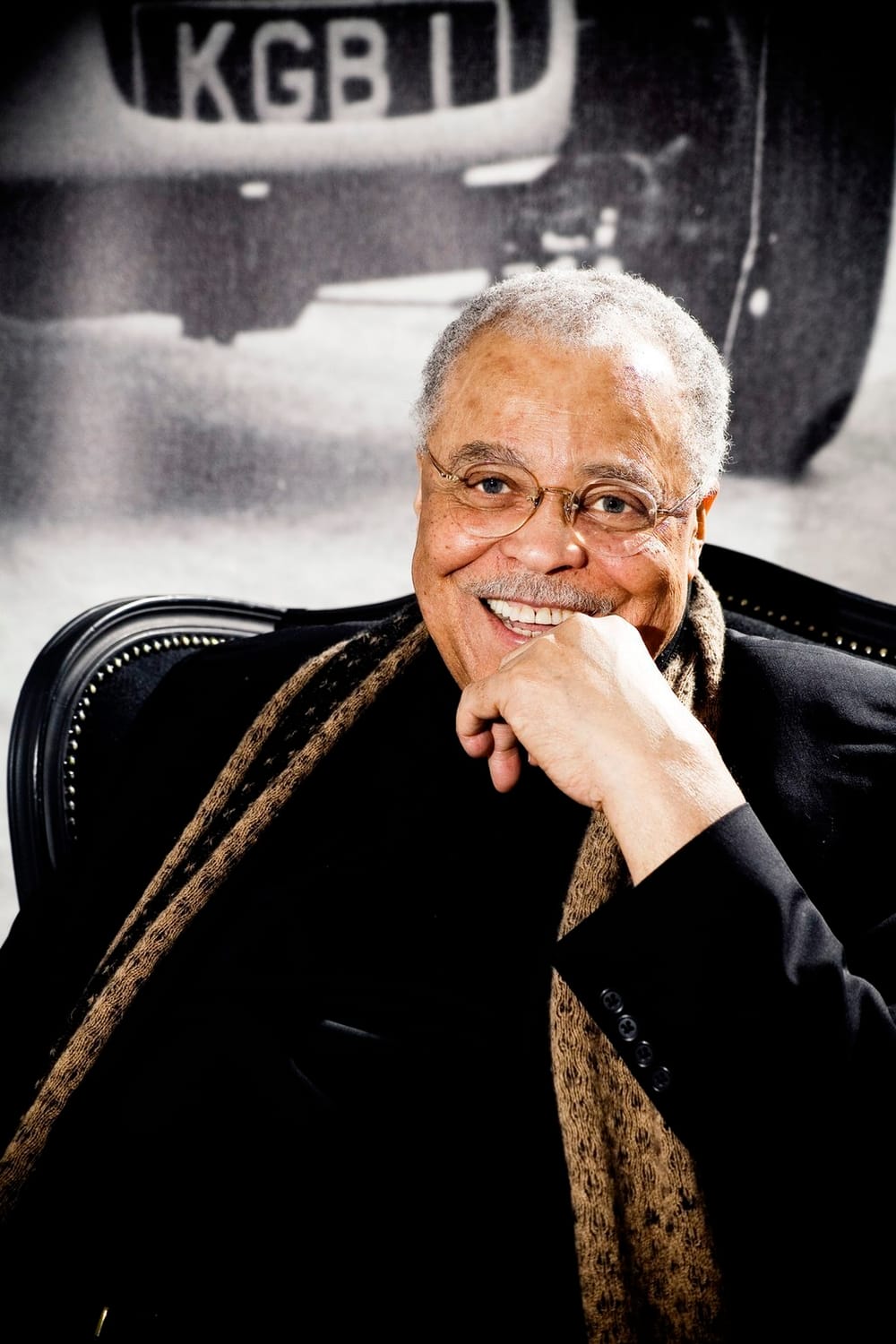Stay in the Loop
BSR publishes on a weekly schedule, with an email newsletter every Wednesday and Thursday morning. There’s no paywall, and subscribing is always free.
In the lap of James Earl Jones
I met James Earl Jones when I was six, on TV together thanks to our shared language

If you ask my mother, she’ll tell you I was born literate—that my only complaint about life in the womb was the lack of a reading lamp in there.
Like all family legends, this is hugely exaggerated. And like all legends, it contains a scrap of truth.
Toddler pedagogy
When I was two, my parents learned of a program called How to Teach Your Baby to Read, created by a child development specialist named Glenn Doman. They ordered the kit: a box about the size of a Monopoly game consisting of flashcards of varying sizes, each one bearing a single, simple word—mommy, door, chair.
The largest cards were about the dimensions of a license plate—red letters on a white background, with a shiny coating I assume was meant to deflect flying gobs of rice cereal since the person using them was still learning to eat breakfast with her hands.
The idea was for a parent to drill the baby nine times a day, starting with the largest cards and graduating to the smaller ones, then eventually to a slender picture book, a compelling narrative featuring mommies, doors, and chairs.
My parents worked full-time as journalists, which meant my pop-pop was drafted as an adjunct instructor. And one night, when my parents were out, he decided to fast-forward through the pedagogy and skip right to the finish.
When my parents got home, he had an announcement. “She can read! I taught her to read the whole book. And what’s more, she reads it with expression!”
The trouble with legends
They were impressed. They were even more impressed the next morning when I read the book again. In fact, they were so delighted that they got in touch with Doman, inventor of the kit, and he was so tickled that he booked an appearance for me on a nationally televised talk show.
Which means that by the time I started second grade, I was already known as “the girl who learned to read when she was three.” This distinction did not do wonders for my playground rep. What’s more, it changed how I thought about myself. If I was the Girl Who Couldn’t Stop Reading, I couldn’t also be the girl who ran the 50-yard dash with glee, or the girl who hung upside-down by her knees from the monkey bars, or even the girl who was brave enough to raise her hand in class.
That’s the trouble with legends. They make their characters larger than life, but they also limit them. They tell a story, but it’s never the whole story.
The world of King, Kennedy, Nixon, and Jones
For years, I believed I’d appeared on The Mike Douglas Show when I was three. That’s what my parents told me. But if I was that young, how did I remember it so well—the tulip-shaped chairs in the studio, the pop art design on the wall, the very large man with the very deep voice whose lap I was told to sit in?
A few years ago, I decided to check the show’s archive. It turned out that the episode on which I appeared—and which also featured the actor James Earl Jones, who died this month—aired on January 14, 1969. I wasn’t three. I was almost six-and-a-half.
The previous year, 1968, Martin Luther King Jr. and Bobby Kennedy were killed. At the summer Olympics in Mexico City, two Black athletes raised their gloved fists during the US national anthem. All over the world—France, Italy, Czechoslovakia—students were protesting. And here, Richard Nixon was elected president.
At six, I didn’t know any of that. I didn’t know that the capacious lap in which I sat belonged to a man who overcame a childhood stutter through acting and reciting poetry. I had no idea that he’d won a Tony for his portrayal of a gifted, troubled boxer in The Great White Hope. I didn’t know—none of us knew then, of course—that his career would stretch to include appearances on Sesame Street (yup, the bald guy counting methodically to 10), performances as King Lear, and, indelibly, the voice of Darth Vader in the Star Wars series.
Once more, with feeling
I didn’t know that my precocious capacity to decode the written word was only the beginning—that words could both chronicle and create experiences, that they were laden with power, bias, and privilege, that they could be used to embrace and to exclude. I didn’t know that I’d spend the rest of my life learning to read—the words, the world—more critically.
So picture this: a television studio, 1969. A pigtailed white girl who learned to read when she was three sits on the lap of a Black, Mississippi-born actor whose ancestors were probably forbidden to learn to read. My parents, seated in the studio audience, must have held their breath when they saw the book the host handed me—a book I’d never seen before by an author I’d never heard of.
But I did what my pop-pop taught me. I read it with expression. “A Tale of Two Cities,” I said, then opened to the first page. “It was the best of times, it was the worst of times…”
Well, at least that part was true.
At top: James Earl Jones in 2010. (Photo by Stuart Crawford, CC BY 2.0 via Wikimedia Commons.)
Sign up for our newsletter
All of the week's new articles, all in one place. Sign up for the free weekly BSR newsletters, and don't miss a conversation.
 Anndee Hochman
Anndee Hochman